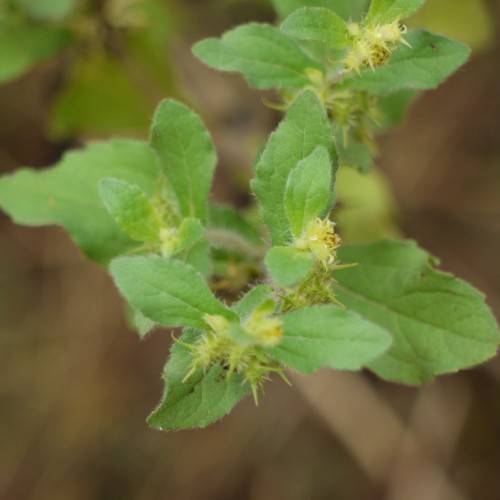
cockspur thorn
Crataegus 'Vaughn'
Cycle:
Perennial
Watering:
Average
Hardiness Zone:
4 - 7
Flowers:
Flowers
Sun:
Full sun
Fruits:
Fruits Ready In Fall
Leaf:
Yes
Growth Rate:
High
Maintenance:
Moderate
Salt Tolerant:
Yes
Thorny:
Yes
Care Level:
Medium
watering
When it comes to watering your cockspur thorn (Crataegus 'Vaughn') plant, deep and thorough watering once a week is generally the best option. Make sure to water the soil completely, until you see it coming together in the form of big clumps. It is also important to allow the soil to dry out a bit between each watering, as the cockspur thorn prefers dry conditions. During periods of extreme heat, you may need to increase watering to twice a week, but make sure to allow some drying in between waterings. Try to avoid overwatering, as it is more likely to harm the plant than underwatering.
sunlight
Cockspur thorn (Crataegus 'Vaughn') is a flowering, deciduous shrub that typically grows to a mature height and spread of 8-10 feet. This plant is a popular choice for gardens due to its beautiful display of white and pink flowers in the spring and its dark green foliage in the summer. To ensure optimal growth for this species of plant, it should be placed in a spot with lots of direct sunlight. It is best to provide Cockspur Thorn with at least 6 hours of direct sunlight each day. Additionally, the plant should have some indirect light or filtered light for the remainder of the day.
pruning
The cockspur thorn (Crataegus 'Vaughn') typically grows best when pruned lightly in early spring and again in late summer. Start by removing any damaged, diseased, or dead branches, and thin out branches that cross each other, or that are growing too close together. Aim to create a rounded or vase-shaped silhouette with an open shape in the center, leaving the tallest branches in the center of the shrub. It is important to leave at least 1 third of the total height of the shrub and plan for long-term thinning if the shrub is pruned too severely. If desired, the shrub may also be pruned to form a hedge.
